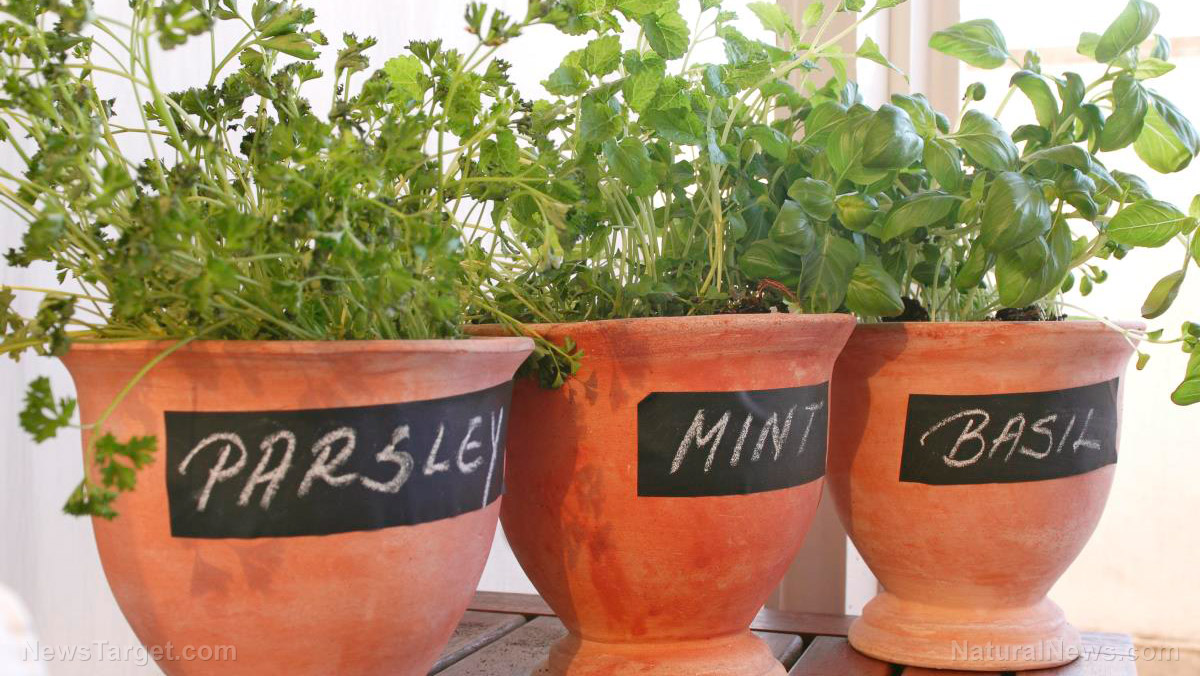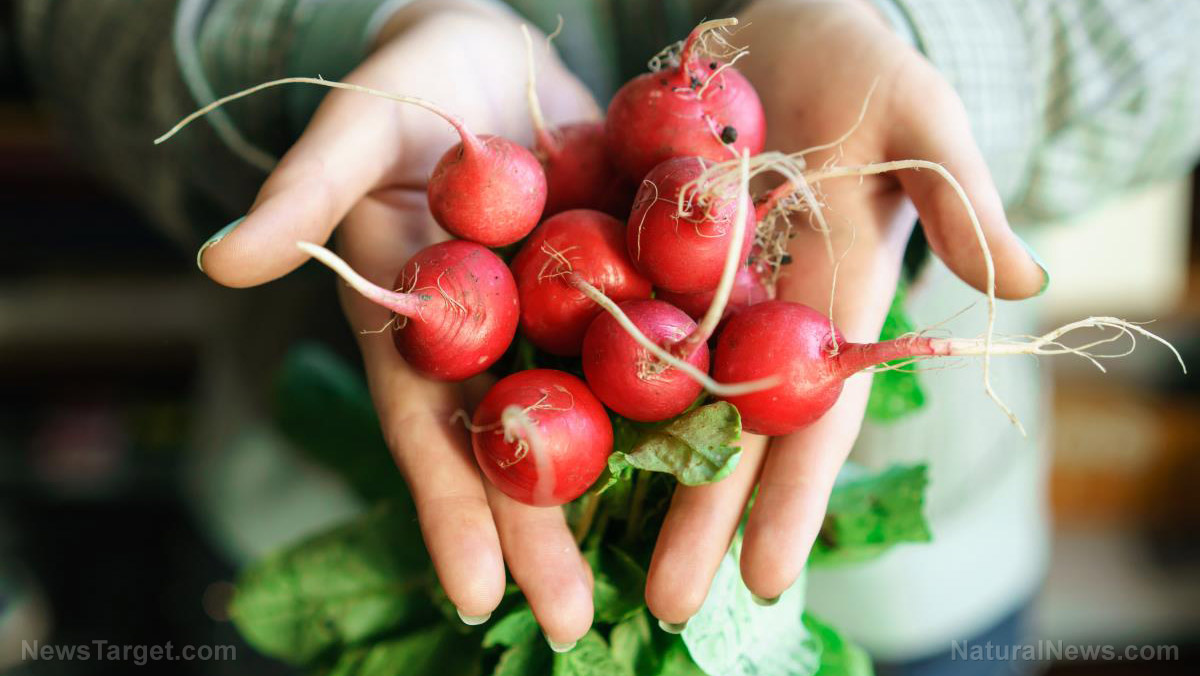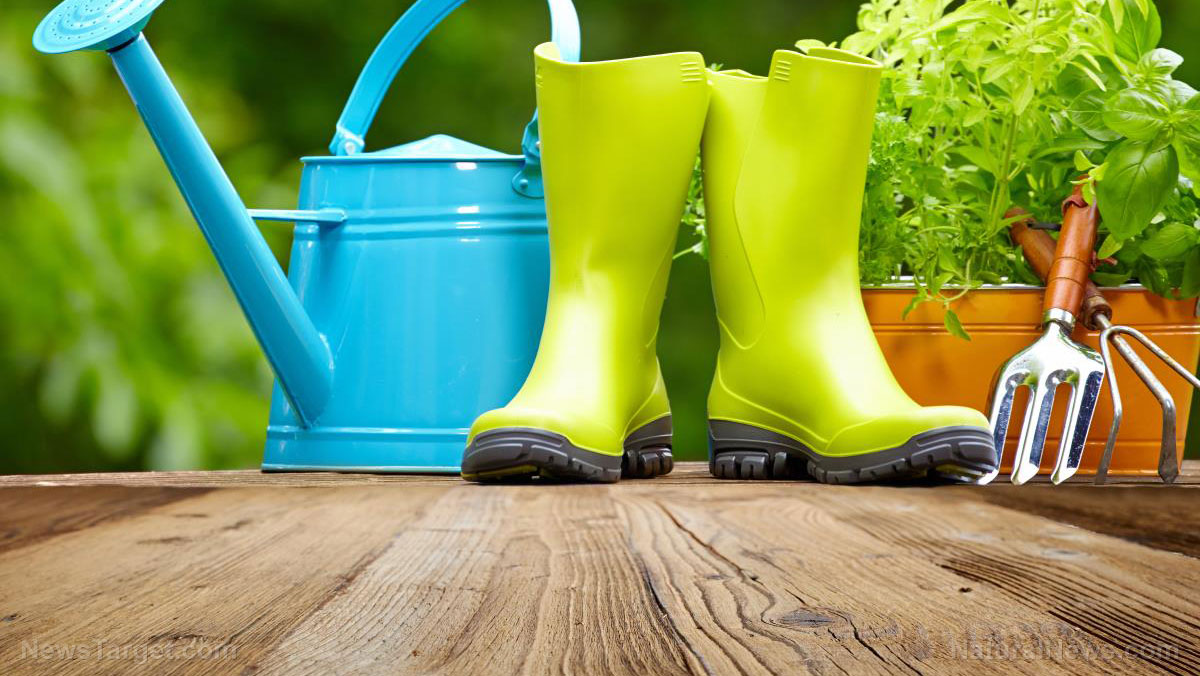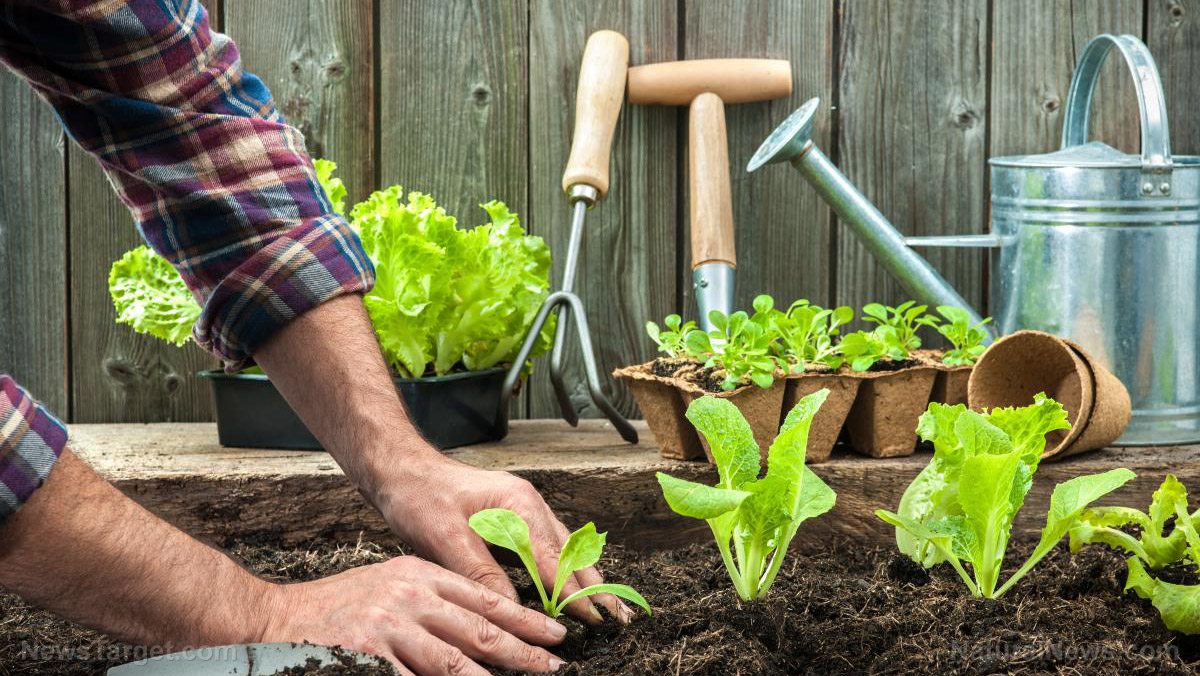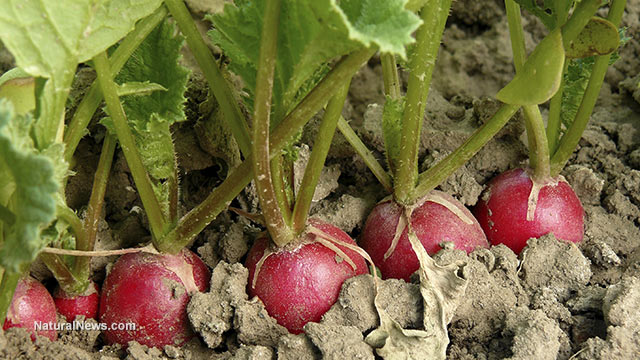
This is where bucket gardening comes in, which is a lifesaver for most urban preppers who wish to grow their own food. (h/t to HomesteadSurvivalSite.com)
Bucket gardening basics
Follow the tips below to get started on your own bucket garden.
Choose the right buckets
It's best to prep buckets that were used for food-grade materials or clay-based kitty litter. Don't use buckets used for questionable materials like asphalt, herbicides, pesticides, pool chemicals, or tar.
Tools:
- 1 Plastic 5-gallon bucket for each plant
- Enough 50/50 potting soil/compost blend to fill all your buckets
- 1 Plant for each bucket
- Cordless drill with a 1/2-inch drill bit
- Eye protection (for drilling)
Steps:
- Flip over each of the buckets, then use the drill with bit to create 3-5 drainage holes in the bottom of each one. Don't push too hard on the drill to avoid cracking the bucket.
- Fill the bucket with the potting soil and compost blend. Leave at least 1 inch of space near the bucket’s upper rim.
- Plant one crop in the bucket then water it well.
- Repeat the process for all your 5-gallon buckets.
- Arrange the planted buckets and keep plants that will grow tallest toward the back of your garden. Leave trailing or low plants toward the front to maximize sunlight exposure and air circulation.
Certain crops can thrive even in buckets, but some types are easier to grow than others, like these fruits and vegetables.
Beets
Beets are nutrient-rich and they contain antioxidants and minerals like folate, manganese and vitamin B2.
Carrots
Carrots are full of many essential vitamins and nutrients. This vegetable requires a larger pot than other crops, so choose a bucket that's a foot-and-a-half all around.
Keep the soil for your carrots moist, but not soaked. Place moss on top of the soil to help retain moisture and make sure the leaves of the plant get enough sunlight.
Harvest carrots before they reach their maximum size; they lose flavor the larger they grow. Harvest them when they are between 1/2 to 3/4 of an inch in diameter.
Chives
Chives are a low-calorie but flavorful crop. Pair chives with potatoes for a tasty side dish with the ingredients grown right in your bucket garden.
Chives need a lot of water so check the soil daily or at least every other day. They grow within several weeks and do not need a lot of space to thrive.
Green beans
Green beans grow fast, making them the perfect vegetables for indoor gardening.
Use small wooden posts to help green beans grow vertically and save more space. Green beans are easy to grow as long as they get enough sunlight and soil moisture is maintained.
Lemons
Lemon is rich in vitamins and you can use this versatile citrus fruit to make various desserts and beverages.
To grow lemons indoors, keep the soil moist to simulate the humid environment that they require. Note that lemon plants can grow relatively tall, so ensure that you have enough vertical space to allow the plant to continue growing. (Related: Home gardening basics: 24 Plants to grow in a bucket garden.)
Lettuce
You can easily grow lettuce in a bucket garden since they will thrive in any type of shallow container. Looseleaf lettuce is the easiest variety to grow, but Romaine is the most nutritious.
Potatoes
Potatoes are a must-have in any prepper garden. This root crop is hearty and calorie-dense, which you'll need when SHTF.
To ensure a bountiful harvest, leave enough vertical space for the roots to spread and for the potato buds to grow.
Strawberries
To grow strawberries in a bucket, give the plant plenty of sunlight. Use a bucket that's at least 10-inches wide so the plant can thrive.
Strawberries grow quickly and they're perfect for container gardening. Keep in mind that strawberries usually bloom between mid-summer and fall.
Even if you don't have a spacious yard in your apartment, you can grow fruits and vegetables in a bucket garden to provide your family with fresh produce.
Sources include:
Please contact us for more information.
















